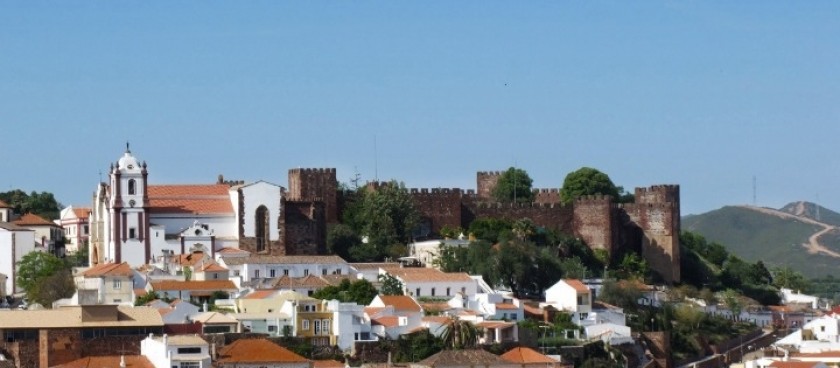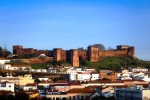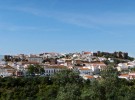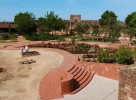- #PT31
- R. do Castelo, 8300-135 Silves, Portugal
- +351282440837
- castelo@cm-silves.pt
- https://www.cm-silves.pt/
- Working hours*:
Everyday 9:30 - 17:30 - Prices*:
Unit price: €2.80
Castle and Municipal Museum of Archeology joint ticket: €3.90
Price for groups of more than 20 people: €2.20.
Children, Students, Youth Card holders and > 65 (enjoy a 50% discount on the normal ticket price): € 1.40 - * - opening and closing times as well as entrance prices, are subject to alterations without notice. Visitors are advised to check before visiting.
- 37.1909087, -8.4379559 Copy to clipboard Copy
-
#Castles , #Family time
This fortification is located on the highest point of the city's hill. It forms an irregular polygon, surrounded by a strong mud wall, covered with red sandstone – the sandstone of Silves. It occupies a total area of about 12,000m2. Deeply devastated by numerous earthquakes, it was the object of restoration work in the 40s of the 20th century, assuming its current characteristics through the intervention promoted under the Development Plans.
Also outside, near the main entrance, you can find a bronze sculpture representing King Sancho I, the monarch who, in 1189, conquered for the first time, with the help of the Crusaders, the city of Silves from the Arabs.
Access to this citadel is through a double door with an atrium, flanked by two of the eleven towers that connect a round path with an extension of 388 linear meters, making this formation a critical defensive system. We find secondary access in the northern part of the wall, designated as Porta da Traição. This small shutter allowed the wall to be opened with discretion and autonomy of the citadel to the Medina.
Inside the Castle, there are several elements worth mentioning. The Aljibe stands out – a large rectangular cistern that supplied water to a significant part of the city. With 20m long and 16m wide, its roof is seven meters above and is closed by four barrel vaults, placed side by side to facilitate the aeration of the water, supported by six central columns and another six sweetened to the walls.
Another element you can find is the Dogs Cisterna, an immense well more than 40 meters deep from which, in archaeological work carried out, several fragments of medieval ceramics were removed, namely buckets from the Islamic period. Next to this well, there were silos where, taking advantage of the coolness of the underground, cereals collected from the many tributes that the powers, Muslims or Christians, placed on the hard-working producers were kept. Thus they were held for years, prolonging the resistance and autonomy of this military fortress.
In a vast area located to the east, several archaeological investigation campaigns culminated with the discovery of structures of a house from the Almohad Period (1121 – 1269), which would consist of two floors, an interior garden and a bath complex and believed to be a Palace, formerly abode of high-ranking Muslim dignitaries. Built during the Almohad rule, this Palace was inhabited for a little over a century. After the Christian occupation, and due to a manifest incompatibility of life, it led to its abandonment after a fire devastated it.






